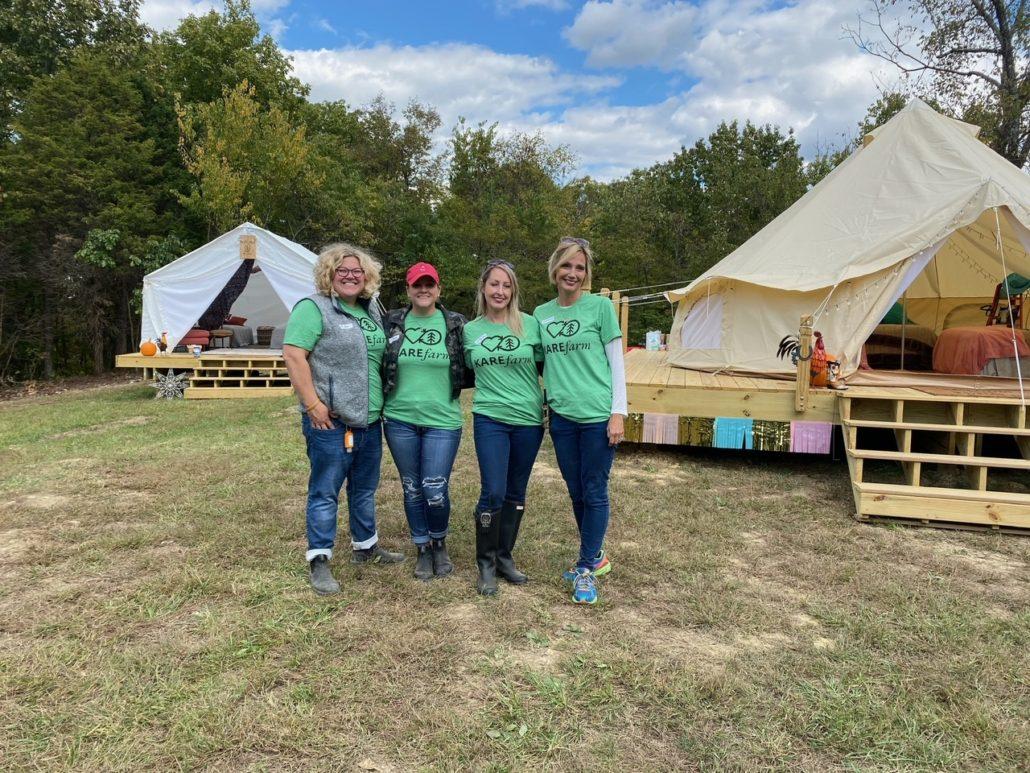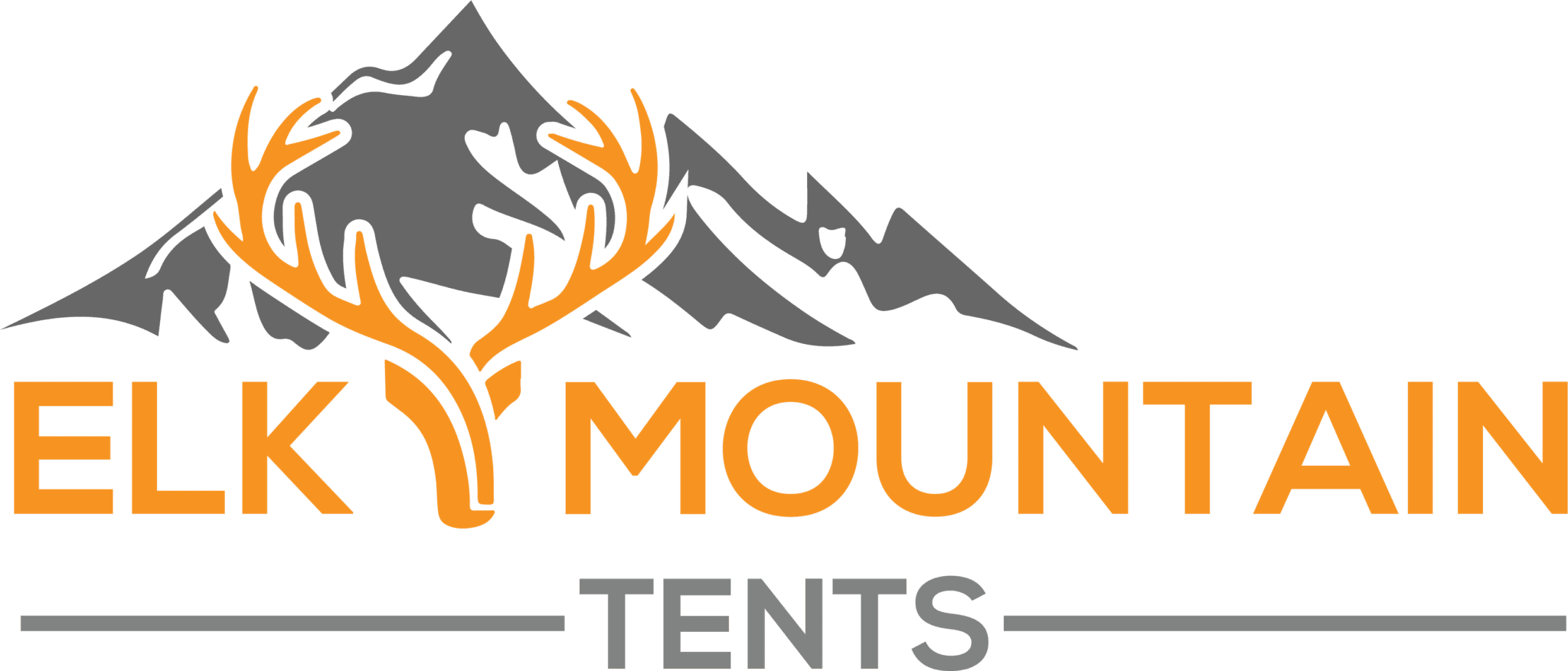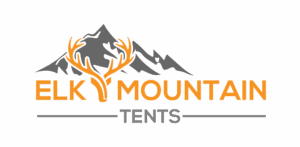Safety Precautions for Using a Canvas Tent Stove: Tips from Elk Mountain Tents
Canvas tents have been a popular choice for camping and outdoor enthusiasts for many years, and for good reason. They offer a comfortable and spacious living area while also providing protection from the elements in all four seasons. As winter camping grows in popularity, many people are looking to add a stove to their canvas tent for warmth and comfort. While this is a great idea, there are some important safety precautions that need to be taken to ensure a safe and enjoyable camping experience.
Elk Mountain Tents is a company that specializes in providing high-quality canvas tents and accessories for outdoor enthusiasts. Their tents come with more standard features at a lower cost and use stronger materials than traditional cotton canvas. That all said, they understand the importance of safety when it comes to using a canvas tent stove and have helped me compile a list of five important safety tips to keep in mind when using one.
Maintain Ventilation
One of the most important safety considerations when using a canvas tent with wood stove is ensuring proper ventilation. Stoves, yes even wood-burning ones, produce carbon monoxide and other harmful gasses that need to be vented outside the tent. Failure to properly vent the stove can lead to carbon monoxide poisoning which can be fatal.
The remedy is NOT to just open the door and windows. While this may help with the carbon monoxide poisoning you’ll still be filling your tent with carninogenic smoke.
Instead, make sure your tent has a stove jack installed. Basically, these are fireproof patches designed to allow you to put a stove pipe through the roof. These can usually be purchased for around $30 if you want to install them yourself or they can be added to a tent for an upcharge of around $100. These are included free of charge in all models of Elk Mountain Tents, including the Yukon Bell Tent.
Watch It
Would you make a big fire outside and then leave it for hours unattended while you go hunting? Of course not! The same is true for a fire that’s quite literally inside your tent. Accidents happen. Don’t let the fact that the fire is behind some metal fool you into thinking there is no fire there.
Keep Distance
All tent materials can burn. Even fire-treated materials will burn (although it won’t spread beyond the flame). So, whether you are thinking of your personal safety or merely trying to make your tent last as long as possible, you want to make sure you have enough distance between the stove and wall. We recommend 3ft from the wall unless you are using a stove shield. A stove shield is a fireproof mat that can be placed either on the walls or the floors to block heat from damaging the tent.
Use the Right Fuel
No, I’m not talking about throwing fireworks in there. I’m talking about using dry, seasoned wood for fuel. Wet wood can create excess smoke and buildup inside the stove pipe, not to mention cause popping from pockets of moisture inside the wood. The popping can shoot sparks whenever you open the hatch.
Also, avoid using accelerants such as gasoline or lighter fluid to start the fire. These things are more dangerous than helpful. Just keep it natural and start with small enough kindling.
Keep the Area Around the Stove Clear
Just like with the tent walls, when using a canvas tent stove, it is important to keep the area around the stove clear of any flammable materials. This includes bedding, clothing, and any other items that could potentially catch fire. Create a clear zone around the stove that is at least three feet in all directions (the same distance recommended for distance from the wall). While having heat shields can help reduce the square footage requirement, this is one of the reasons that a lot of people opt for one of the larger sizes, like the 13×20, so they don’t have to worry about giving the stove the proper amount of cleared space.

Use a Carbon Monoxide Detector
As mentioned earlier, carbon monoxide is a byproduct of burning wood in a stove. This gas is odorless and colorless, making it difficult to detect without proper equipment. With proper stove pipe ventilation this shouldn’t be a problem, but you can pick up a carbon monoxide detector for around $10 and they don’t take up much space.
Follow Manufacturer’s Instructions
Finally, it is important to follow the stove manufacturer’s instructions. Each stove is designed differently and may have specific safety considerations that need to be taken into account. For example, some stoves use different materials or have different sizes and may run hotter or cooler. Read the manual to know whether you need 2.5ft or 3.5ft or if it a certain kind of fuel is off limits.
FAQs
Q: What is the best type of canvas tent stove?
A: It depends on your budget mostly. Most wood stoves can heat most tent sizes just fine, so you just want to go for something sturdy that will last (as opposed to trying to find the right size, for example). Elk Mountain Tents only offers one wood stove model. It works great in all the tents.
Q: Can I use a canvas tent stove in a regular tent?
A: No, definitely not, even if you try to install a stove jack. Canvas tents are more durable and resistant to heat and sparks than regular tents. Regular tents are typically made of nylon that can melt or catch fire if they come into contact with a hot stove. This is one of the main advantages of a quality wall tent. You can have a warm little home away from home in the middle of the winter.
Q: How often should I clean my canvas tent stove?
A: If you want it to last forever, it is important to clean your canvas tent stove regularly to prevent the builup. Most manuals will say after each use but the average wood stove camper probably cleans it once or twice a year.
Conclusion
Using a canvas tent stove can be a great way to stay warm and comfortable while camping in colder weather. However, it is important to take safety precautions to prevent the risk of carbon monoxide poisoning or fire. Enjoy your next trip without burning down the house!





